Ritual: Why Burn Incense?
If you’ve ever walked in to a healing space or Yoga studio, it is highly likely you’ve been met with some sort of sense experience to the nose. There are multiple possible things you might be smelling in such spaces, from Sage to essential oils, or Palo Santo to flower water essences. Another likely aroma filling the room would be that of incense. There are many different types of incense, and many different points of view on how and why, or why not, to burn it. Incense is something I personally use frequently, though I am quite particular about it. So I wanted to explore this practice a little more, and offer you some insight. If incense is a tool you’ve ever been curious about working with, or ever felt judgment or aversion toward, read on to learn more.
Photo via: Cortnee Loren Brown
A Brief History of incense
The word incense comes from the Latin incendere meaning “to burn.”
Thousands of years ago, fragrant resins of Frankincense and Myrrh were traded as currency, often valued far higher than even silver or gold. In ancient Egypt, Frankincense was sought out as insect repellent, perfume, wound salve and aromatic incense that was burned in offering to the gods. The ancient Greeks and Romans imported these resins as incense via the Silk Road for use in cremation rituals and other ceremonial worship.
Around the same time, Native Americans also adopted a custom of burning herbs, primarily Sage, to cleanse and purify their homes and ritual spaces. And though Christianity initially rejected incense due to its associations with pagan worship, churches eventually adopted it as an integral part of worship.
One of the oldest existing incense burners was found in Egypt and dates back to the 5th dynasty (25th century BCE). In Egypt, the pleasant aroma of incense was widely used to keep evil spirits at bay or appease the gods.
Incense burners that date as far back as 33rd century BCE, have also been found in South Asia. India adopted the techniques of burning incense from East Asia and adapted their techniques to encompass their own aromatic roots and indigenous flora. Frankincense and Cypress are a couple of the incenses used by the Indians. Evidence of incense use in China dates back to the Neolithic era. Cassia, Cinnamon, Styrax, and Sandalwood were used as components of many formalized ceremonial rites.
The technique of burning incense was brought to Japan in the 6th century by Korean Buddhist Monks, who used the mystical aromas in their purification rites. In later years, Samurais would often use incense smoke to perfume their helmets and armor to achieve an aura of invincibility.
Most cultures at some point adopted the use of incense into their rites and spiritual pursuits. From the Aztecs in South America to the Mongols in Asia, from The Celts in Europe to the Egyptians in Africa, the use of incense by our ancestors is ingrained into our collective unconscious.¹
Why burn incense?
Beyond a simply lovely scent, there’s actually a very scientific reason humans are attracted to and affected by incense. In a 2008 study, published in The FASEB Journal (Federation of American Societies for Experimental Biology), researchers reported findings that burning Frankincense (resin from the Boswellia plant) activates poorly understood ion channels in the brain that alleviate anxiety & depression and elevate mood. In other words, the wise men really were on to something – Frankincense is a gentle, natural antidepressant.²
As well, just as the history states, burning incense is a common practice in spiritual ceremony or ritual. Personally, I don’t burn incense every day, or in the same way that I work with Sage, for example. I do like to burn it here and there to simply add a calm energy to my space, or when I’m leading a group. Often in my healing circles or on retreat I will burn incense, again mostly as an aid to creating a calm atmosphere. However, I am always sure to never burn incense directly before any breathwork or yoga practice, where deep breathing is involved, or anytime where the incense would be too close to someone, or in a space that is not open and well-ventilated.
Types of Incense
Beyond the myriad of scents available, there are also many different types of incense and ways to burn it. Which incense you use and how you choose to burn it during ceremony or meditation is entirely up to you and may vary depending on what traditions you are pursuing or what guidance you were provided by your teacher or spiritual guide. Some commonly known types of incense are:
Reasons NOT to Burn Incense
Burning incense is not for everyone. Maybe you just don’t like it, and that’s ok! As well, if you have any respiratory ailments, such as Asthma, please use with caution, or ideally consult your health professional first before burning any kind of incense.
There are also specific studies that have shown that certain health issue may be associated with the use of incense. However, the potential health risk is highly dependent on the frequency and duration that the person is exposed to the incense smoke, the amount of incense used, and the concentration of any chemical substances that make up the incense that’s being burned.
Safety First
When burning incense, or anytime you are working with fire, it’s of course important to be mindful of safety. Honoring the element of Fire, and showing up with reverence and respect for it’s power is necessary when practicing any ritual that calls for the burning of something.
Never discard burned incense remnants in the trash receptacle or anywhere in the outdoors without using water to ensure it is fully put out. Offering the ashes back to the Earth is nice way to complete the ritual cycle, again, as long as you are certain no embers are still burning before doing so.
I also recommend always using high-quality, natural incenses, made without any toxic chemicals or artificial fragrances. This will ensure “cleaner” smoke, and thus is safer for your body, the air, and any nearby material belongings. As well, there is no need to burn incense all day. A small amount during your morning routine or meditation – even half a stick for example – will do the job to clear your space and presence your energy.
References: easternscience.life¹ and bodhitree.com²


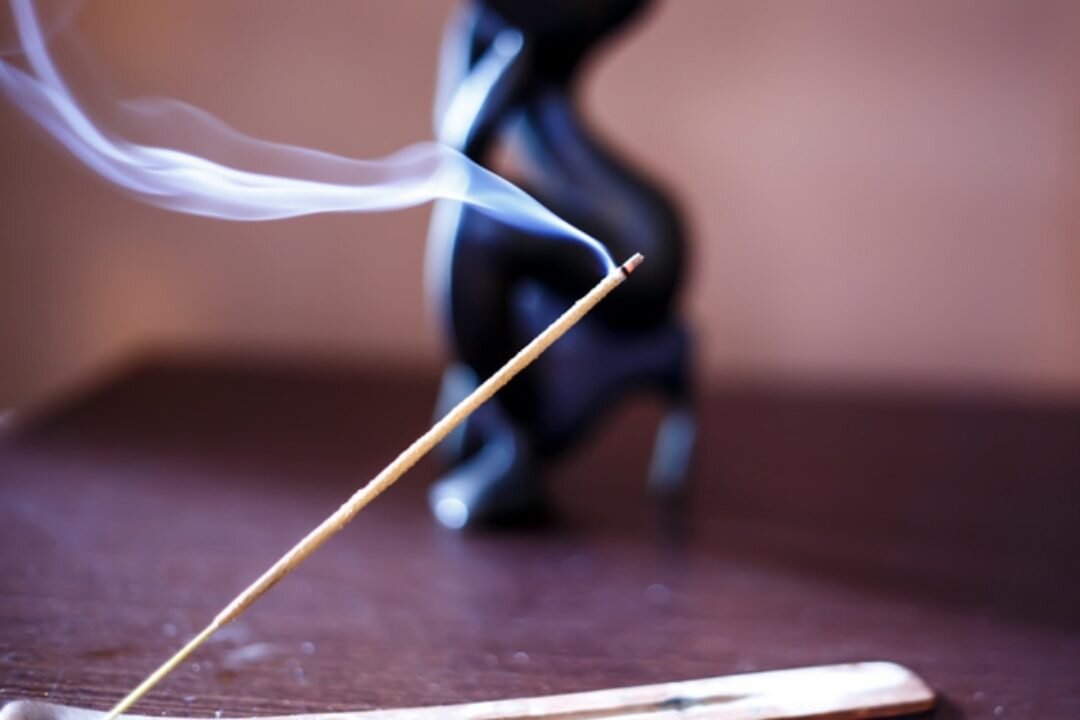
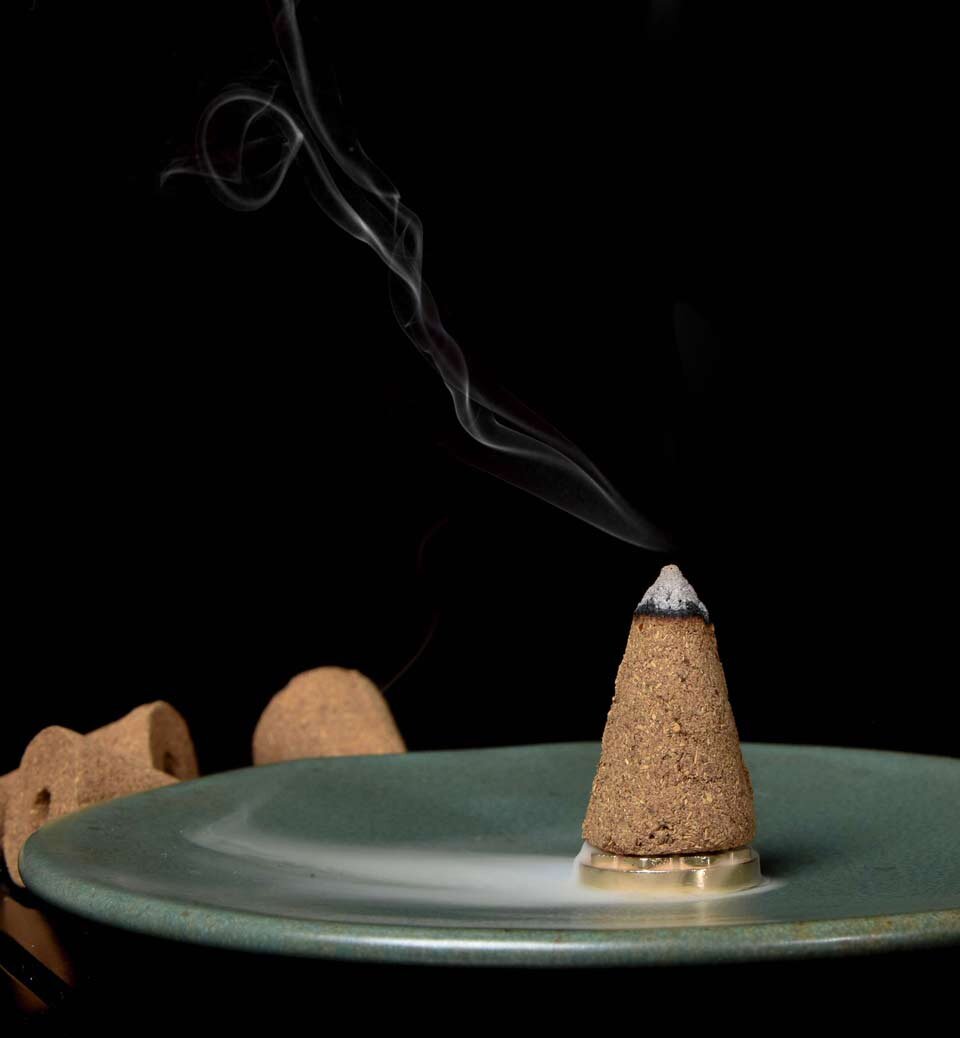
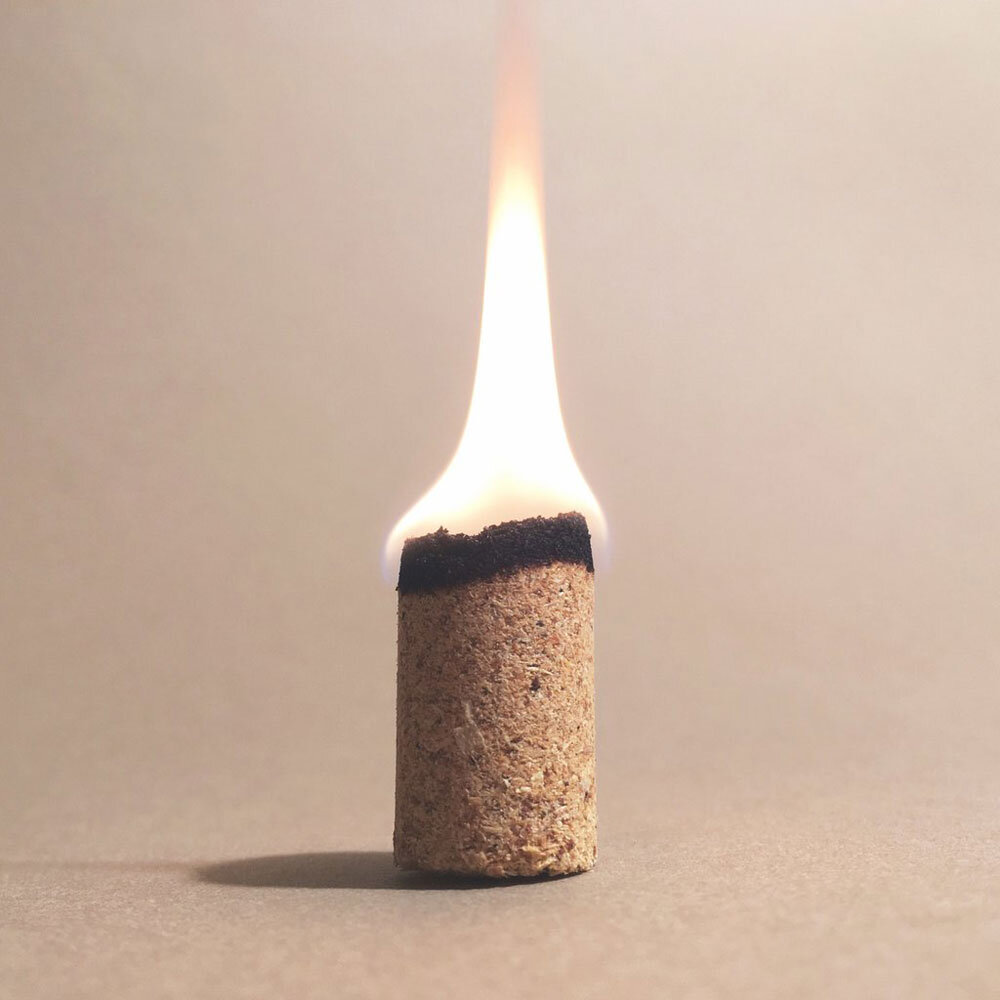
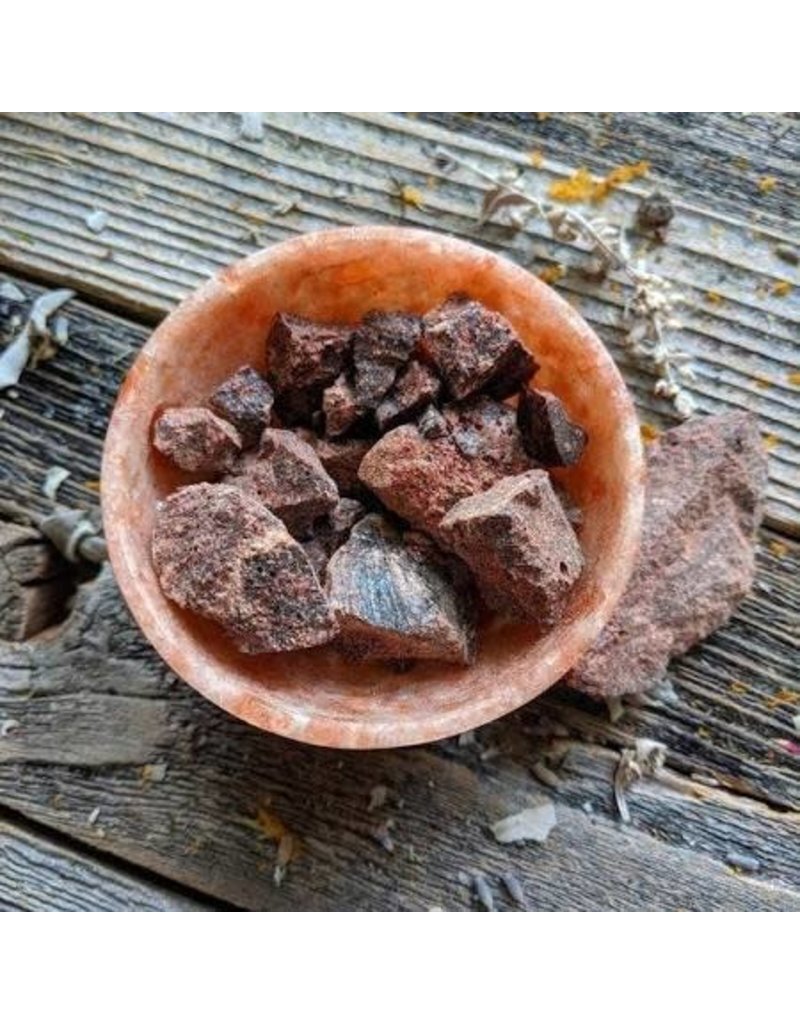
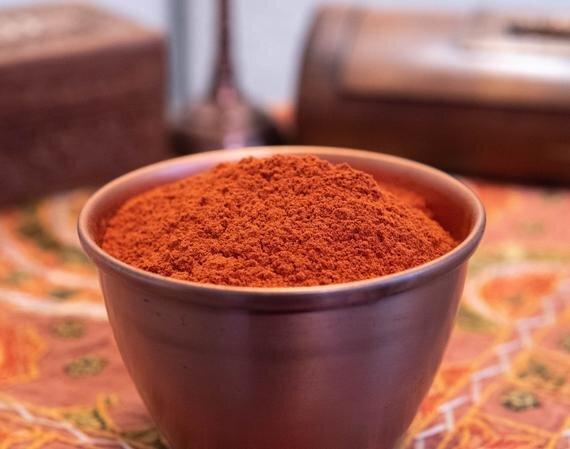









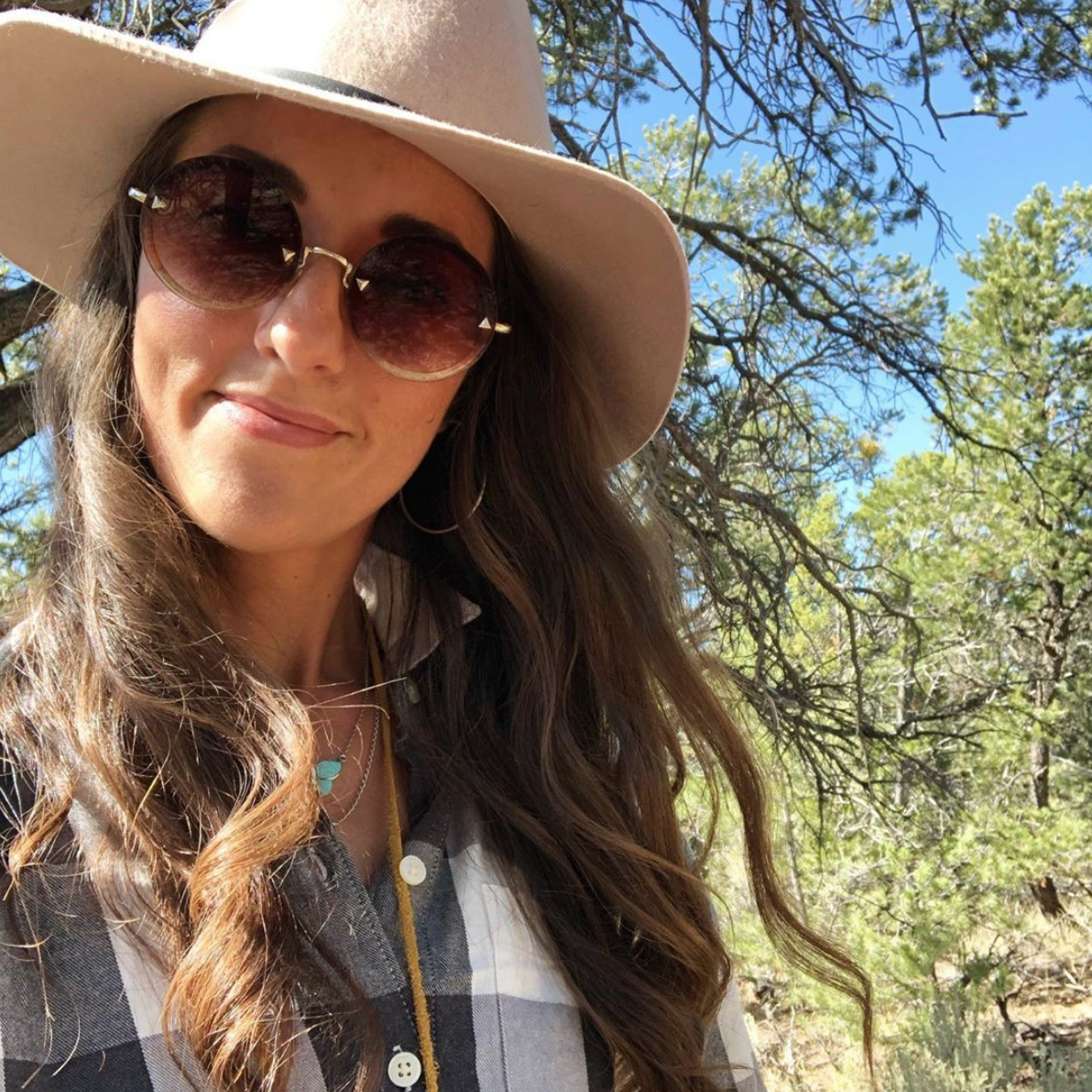








(She/Her)
The gal behind Held In The Heart. The Community Journal is a space for those who feel deeply to express freely. We explore all sorts of things here, from the real & raw healing stories & creative writing, to the funny & fleeting moments of everyday human life. I warmly welcome you and invite you to explore with us!